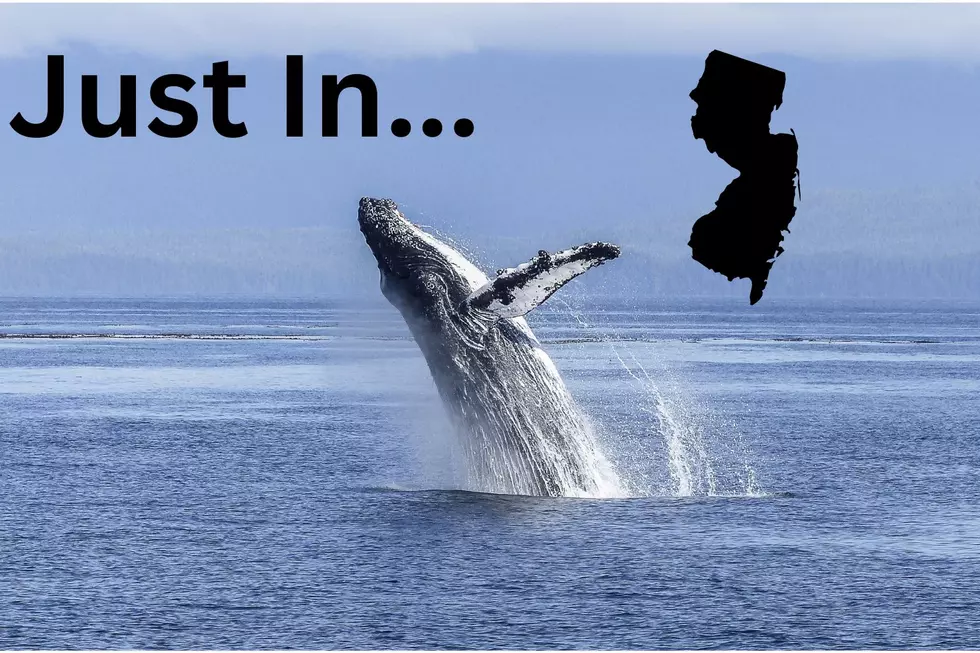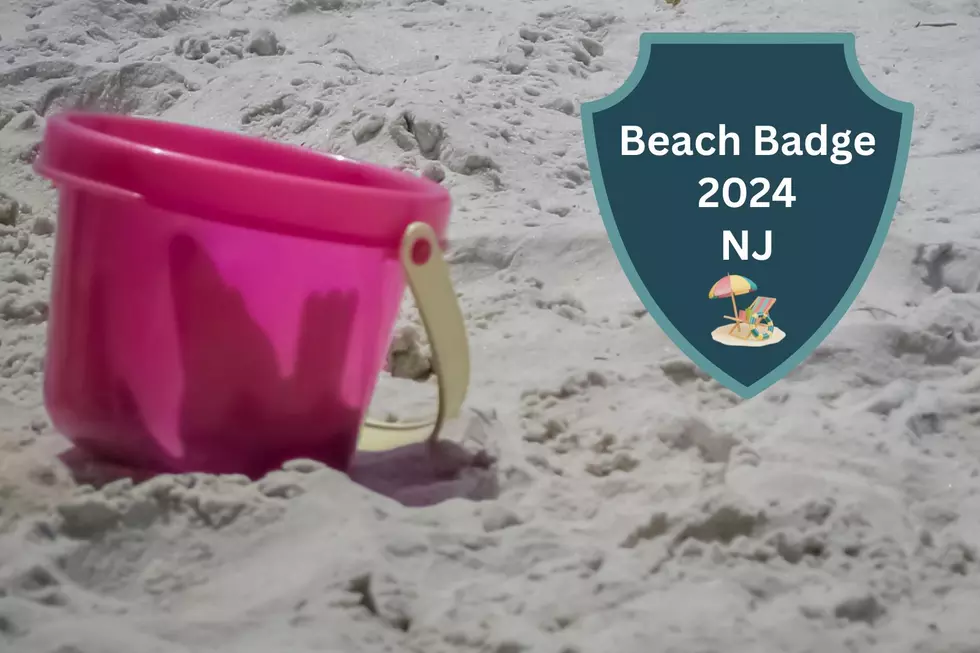
Temperatures Tell The Tale of Snow Clearance on Ocean County Roads
Only a matter of hours after plow operators and salt-truck drivers cleared the residue of Sunday's freak snowfall in Ocean County, rain washed it all down the storm drains. Now, the combination of wet roads, fresh snow and plunging temperatures could be a recipe for driving disaster. Ocean County road crews have two strategies to employ, and it all depends on the thermometer.
"If the temperature drops and the residual water freezes, that's going to create an icing condition underneath snow," said county Assistant Roads Supervisor Scott Waters, "which is going to be terrible for driving and walking. If it doesn't drop, the snow will melt when it hits water. So we're preparing for two different scenarios."
The brining methodology, which pre-coats roads with a salty formula and has gained popularity for its less-invasive effect on roads and car bodies, has only limited value if roads are still rain-drenched, said Waters. It'll wash away.
"That's more effective on dry roads, where it's going to actually adhere to the road. The theory is to get a chemical layer...between the snow and the road surface, which eliminates hard pack."
But if it's ice under there, Waters acknowledged Plan B - going old-school. "We'll just have to get some salt, just plain salt, out on the roads as quickly as possible, and that in itself will make its own brine."
Waters says his crew has been on standby since they rushed into service Sunday to clear the 621miles of roads and 225 bridges under Ocean County supervision.
More From 92.7 WOBM









